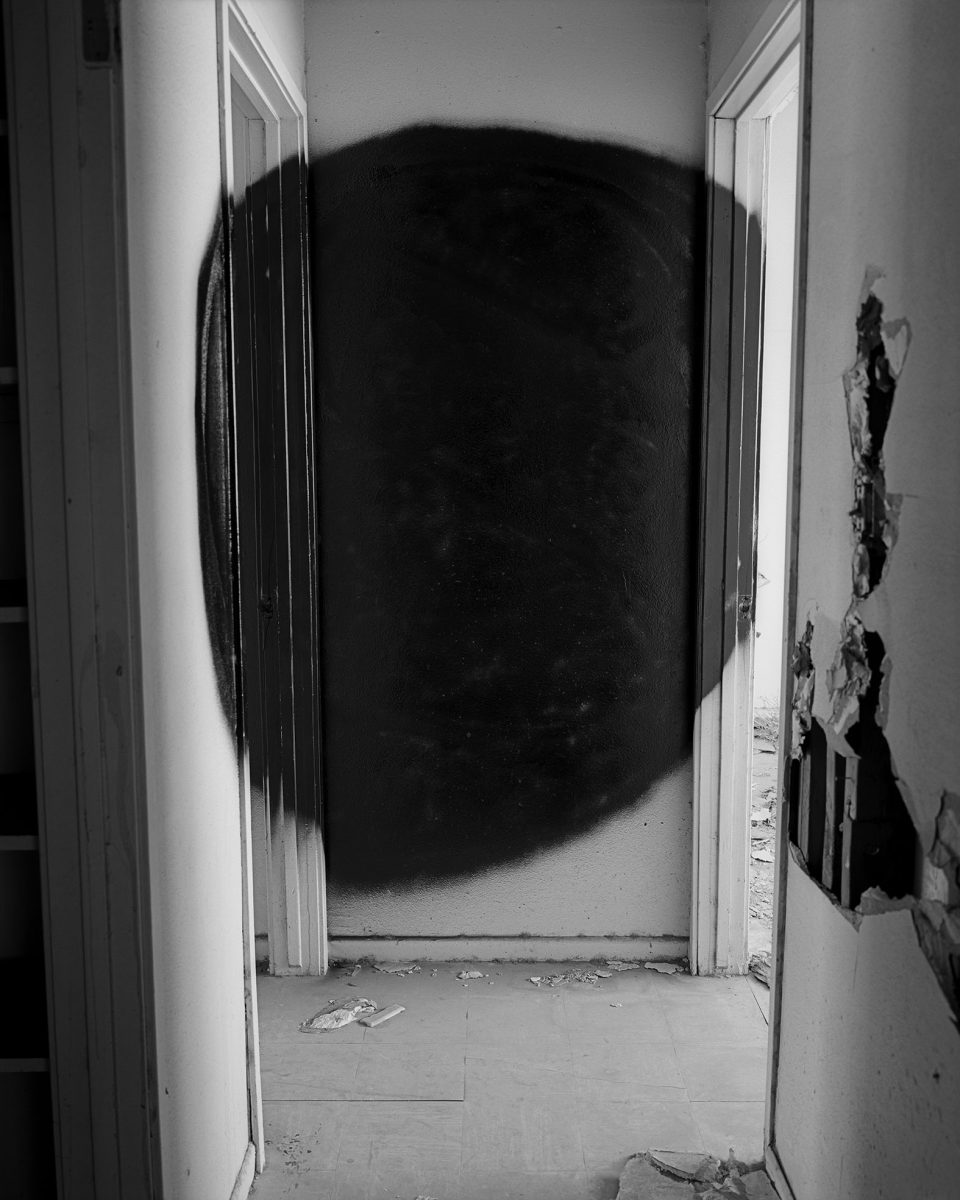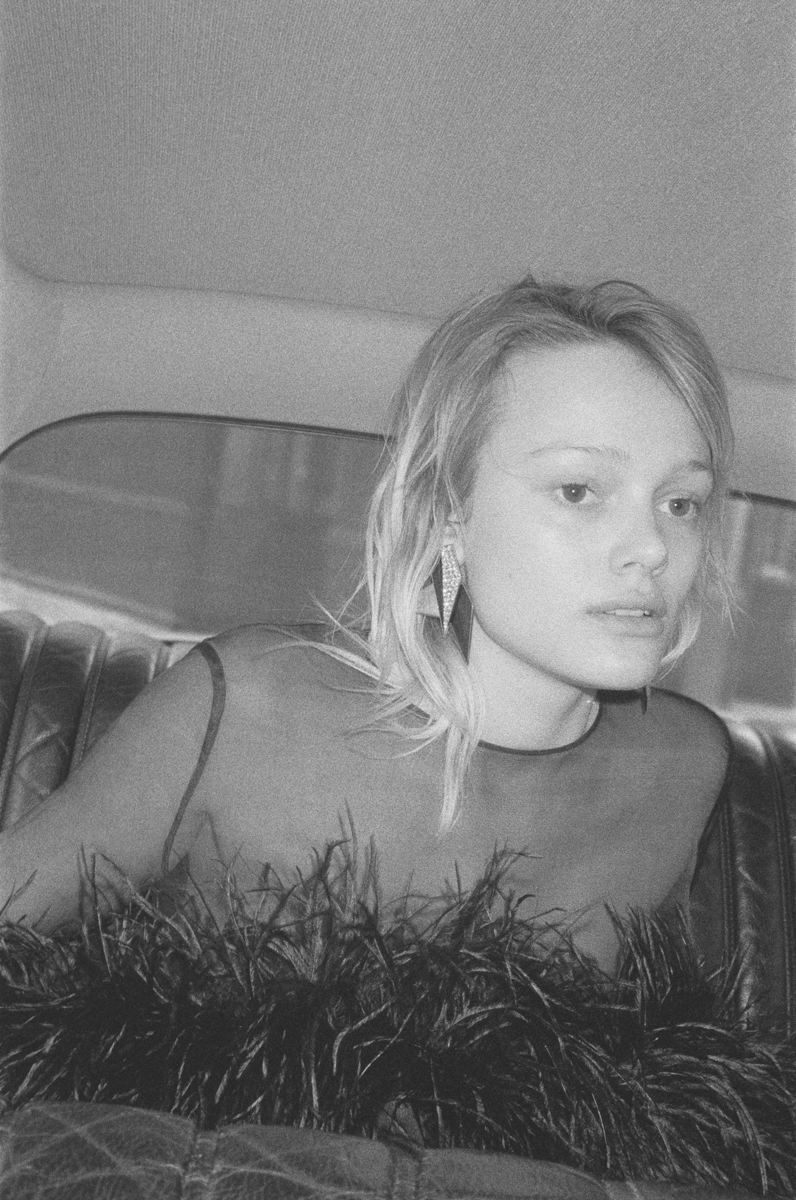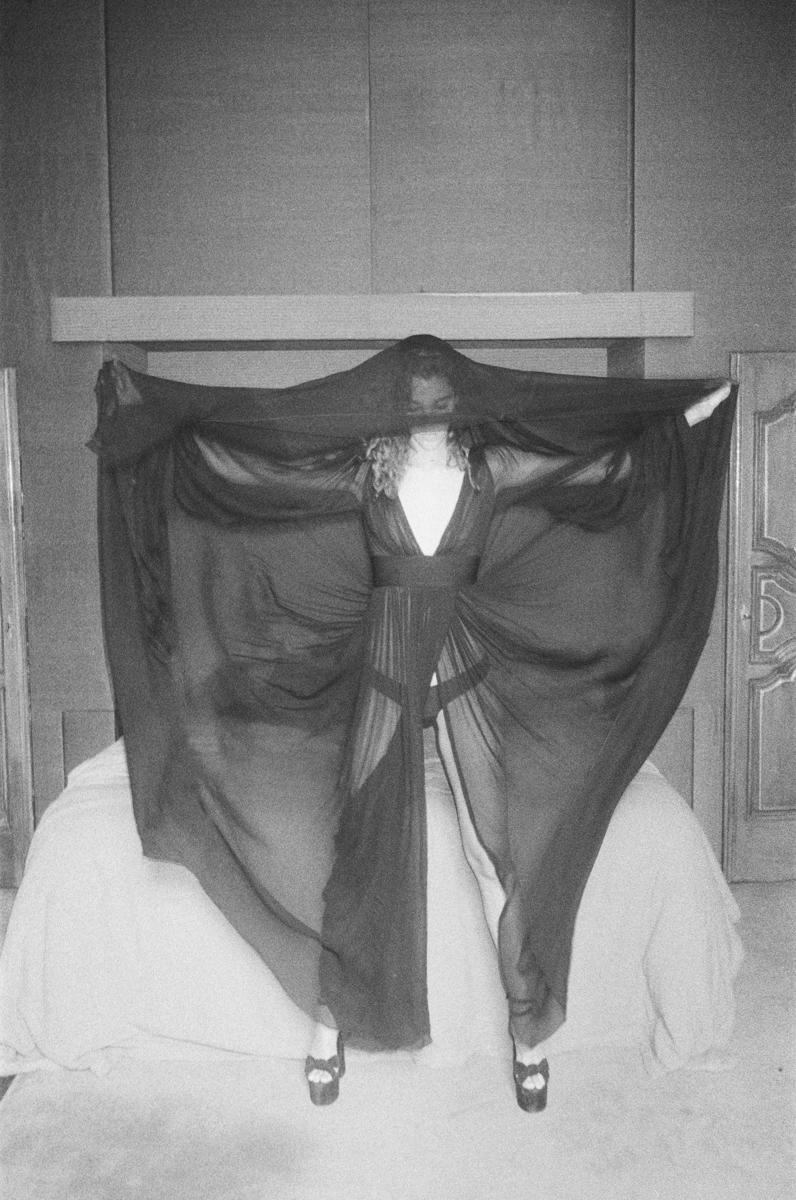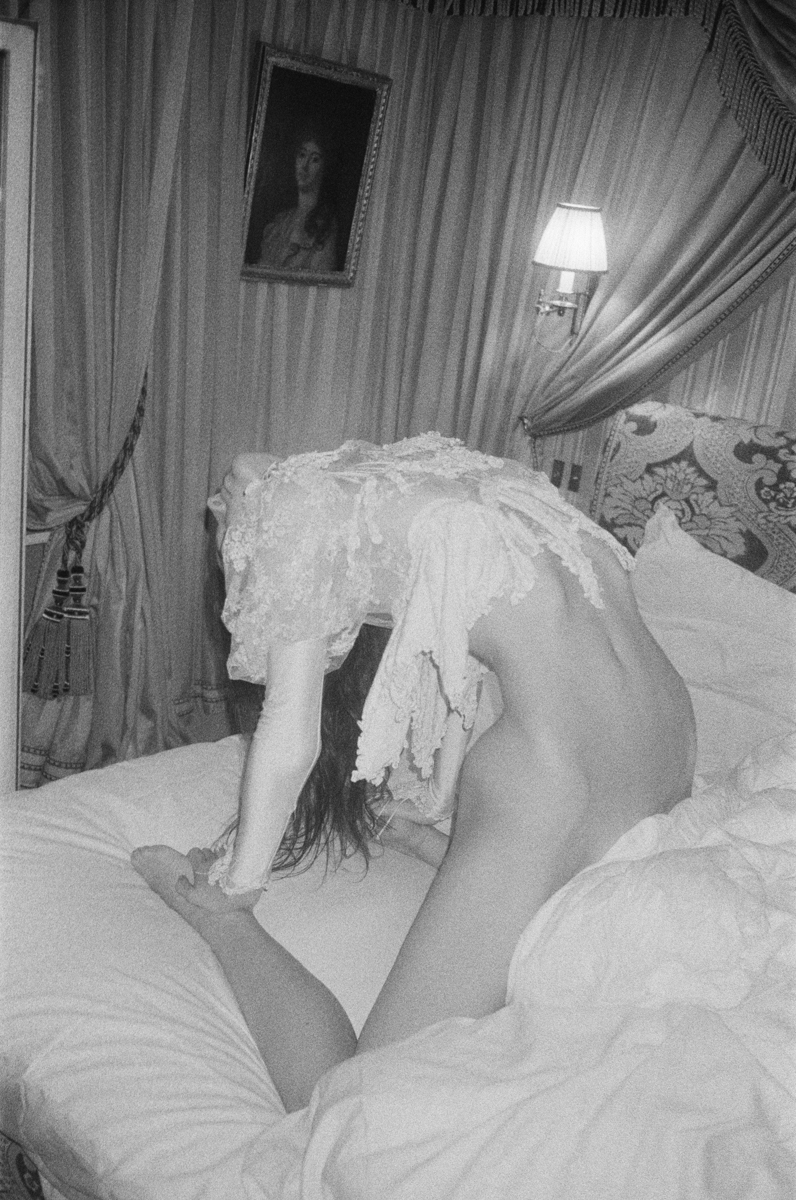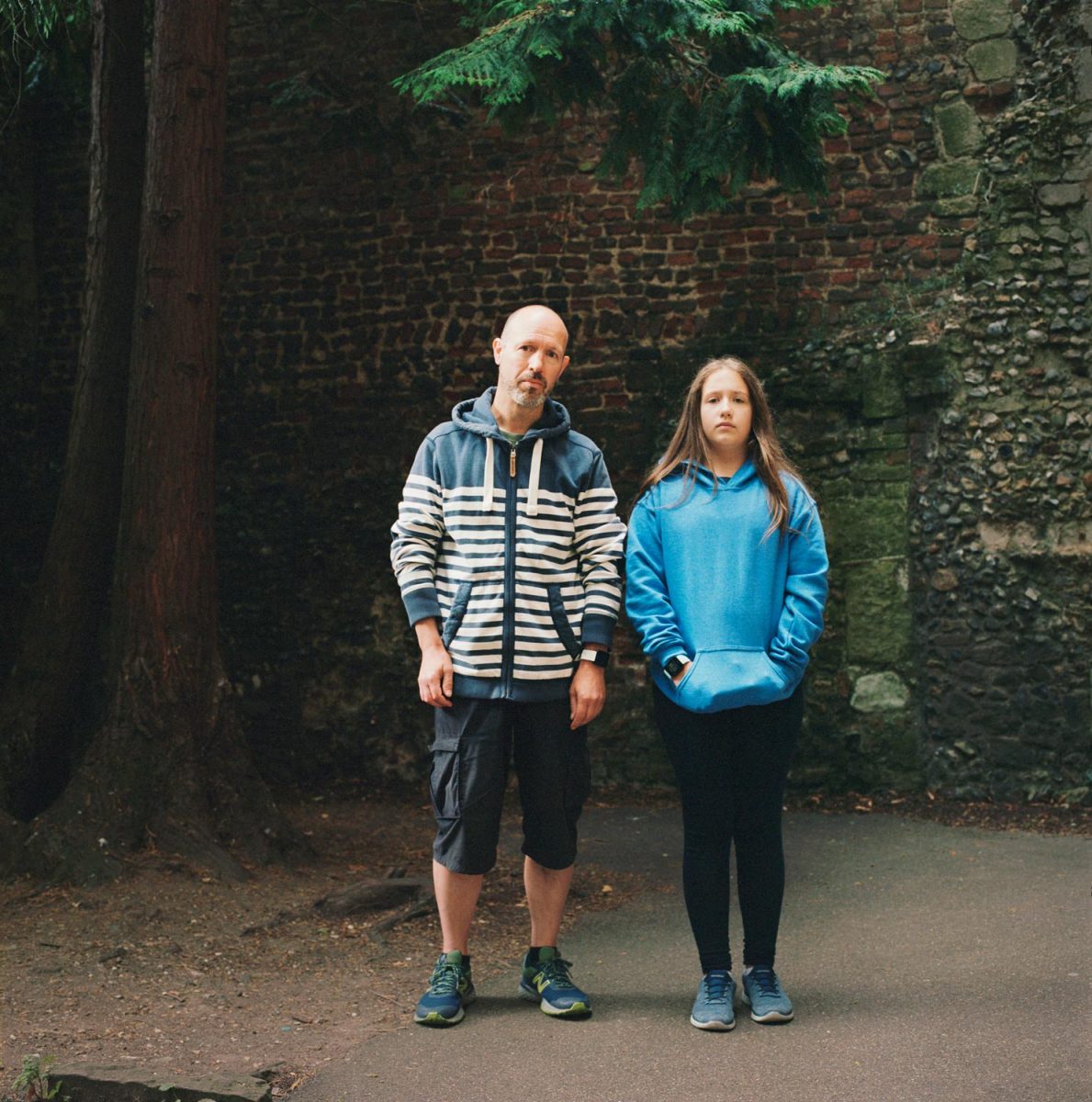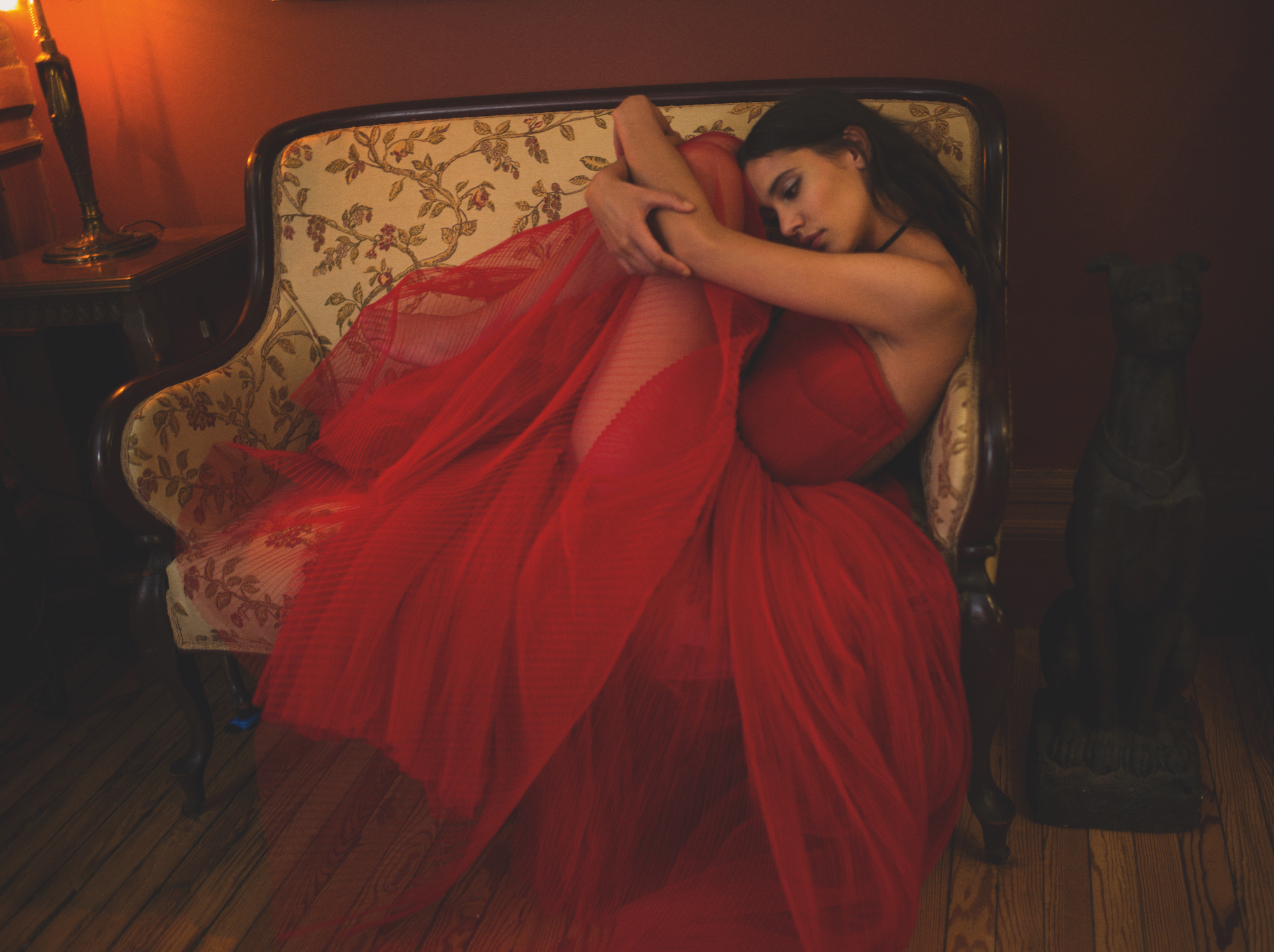
Her Dior: Maria Grazia Chiuri’s New Voice (Rizzoli)
In a consumerist culture, fashion photography is a dominant aspect of our daily lives, but it is rife with clichés about the female experience and body. Understanding this, when Maria Grazia Chiuri joined Dior in 2016 as its first female creative director, she announced she would only work with female photographers on her campaigns. It was an audacious statement about the way women see each other. Five years on and Chiuri has worked with some of the world’s most influential image makers, some of whom had never previously shot fashion campaigns. This weighty volume gathers together work by 33 of them, revealing the slow but radical change that has happened at the French fashion house: 160 images of Chiuri’s designs shot by the likes of Nan Goldin, Bettina Rheims, Sarah Moon, Coco Captain and Brigitte Niedermair suggest women really do see differently, and can be seen differently. (Charlotte Jansen)
Terminus by John Divola (MACK)
John Divola is best known for his cinematic portraits of abandoned spaces. In Zuma (1979), he photographed a burned-out beachfront property used by firefighters in training, where the raw fabric of the building frames dramatic sunsets. Vandalism (1974–75) saw the artist ritualistically spray-paint abandoned homes in Los Angeles with abstract patterns and document them in stark black-and-white photographs. His latest book release, Terminus, sees him journey to a former air force base at the edge of the Mojave Desert, which has at varying points played host to a film set, game space and military training camp. Divola took up residence in the abandoned space with his camera and spray-paint can, carrying out a series of site-specific interventions with careful yet cryptic precision. The presence of the photographer can be felt throughout, attuned to the textures and echoes of the building and its many lives. (Louise Benson)

Photography Now by Charlotte Jansen (Ilex)
Elephant’s very own commissioning editor is the author behind this survey, bringing together 50 pioneering photographers who are changing the face of the medium, from radical portraiture to fashion editorials and ‘visual activism’. Rather than paying too much mind to the arbitrary categorisations that often befall photographed images, Jansen explores the many ways these individuals have used a camera as their primary tool, as well as considering what the act of taking a photograph even means in this age of visual overload. Whether you are interested in Juno Calypso’s carefully staged, surreal self-images, Susan Meiselas’s groundbreaking journalism, or Andreas Gursky’s colossal prints, this book encourages you to stop and reflect on why photography is the defining art form of our age. (Holly Black)
Purienne curated by Anthony Vaccarello (Yves Saint Laurent)
YSL are also engaging in the conversation around the male and female gaze with their latest Saint Laurent Rive Droite edition, a collaboration between Saint Laurent’s creative director Anthony Vaccarello and the South African photographer Henrik Purienne. The book follows on from books by Daido Moriyama, Betty Catroux and Gray Sorrenti, all agents provocateurs in the photographic medium. The black and white photographs on these pages capture models in Paris wearing Vaccarello’s designs, and are unselfconsciously sexy, shot in the understated, raw style that Purienne is known for. Purienne is clearly influenced by cinema (the strange, ponderous atmosphere of films by John Cassavetes or Éric Rohmer) but does he move the treatment of the female body on into the twenty-first century? The breathtakingly beautiful young models cast for this don’t really break the mould we’re used to seeing in fashion advertising, but what’s interesting in the images are the nods to the female gaze: women with agency, with the suggestion of their own subjectivity and internal narratives. It’s still a construction, but at least there’s some hint of ambiguity directed back towards the viewer. (Charlotte Jansen)
Single Dad by Harry Borden (Hoxton Mini Press)
In this beautiful, tender photobook, Harry Borden shines a light on a subject that is still considered a rarity: that of a single-parent father. In a society where the default is woman as primary caregiver, the relationships between a dad and his children is often overlooked, with ingrained and outdated notions of masculinity pushing the image of breadwinning men who avoid changing nappies and skip school plays. In this book, Borden’s portraits allude to the unique relationships in every family unit. Some are pictured in warm embraces, while others exude a more tentative air. Each image is accompanied by a text from the father in question, often outlining the circumstances of their situation, whether it be marred by tragedy, complex court battles, or carefully balanced custody. A constant, however, is the unconditional love these fathers feel for their kids. As one puts it: “It’s not easy being a single father, yet in the same breath, it’s not hard. I just love my son with all my heart.” (Holly Black)
Only the Plants Will Ever Know (Outer Space Press)
Berlin-based Outer Space Press can be relied upon to go against the grain when it comes to artist-led books. Run by duo Claudio Pogo & Magda Wysocka, the press follows their interest in collecting and re-contextualising photography, found books and other archival material in order to create new visual narratives. All books, produced in limited runs, are made entirely in-house, from printing to binding. With characteristic wit, last year’s release Due to the Recent Outbreak of Stupidity saw them create a book printed on toilet paper in response to the Covid-19 global toilet paper shortages. Their newest release, Only the Plants Will Ever Know, is a photobook that combines a collection of 25 found negatives and a series of photographs found in The Great Plant Dictionary originally published in 1972. The found amateur photographs capture pages of a pornography magazine dating from 1970, while their latter-day combination with images of plants in this book is inspired in-part by the story of one of the biggest, most rare and intriguing plants in the world, Amorphophallus Titanum, which translates as ‘giant misshapen penis’. Playful, attuned to the materiality of the page and always intriguing, this is a release that you won’t want to miss. (Louise Benson)

